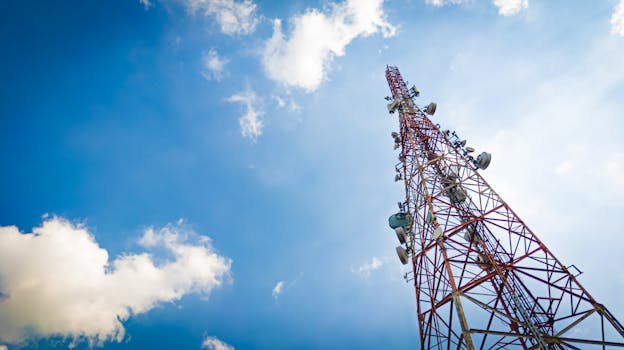Unlocking the Power of GEO Satellites: Revolutionizing Global Communications

GEO satellites, or Geostationary Earth Orbit satellites, are a type of satellite that orbits the Earth at an altitude of approximately 36,000 kilometers, remaining stationary relative to a fixed point on the planet. GEO satellites have been a cornerstone of modern telecommunications, providing a wide range of services including high-speed internet, television broadcasting, and navigation.
The concept of GEO satellites was first proposed by scientist Arthur C. Clarke in 1945, and the first operational GEO satellite, Syncom 2, was launched in 1963. Since then, thousands of GEO satellites have been launched, with many more planned for the future. These satellites have revolutionized the way we communicate, enabling global connectivity and access to information like never before.
The Benefits of GEO Satellites
GEO satellites offer a number of benefits, including global coverage, high-speed data transfer, and reliability. They are also relatively low maintenance, as they can operate for up to 15 years or more without the need for refurbishment or replacement. Additionally, GEO satellites can provide a wide range of services, including television broadcasting, internet connectivity, and navigation.
One of the most significant benefits of GEO satellites is their ability to provide global coverage. By orbiting the Earth at a fixed point, GEO satellites can transmit signals to a wide area, enabling communication and connectivity across the globe. This has been particularly important for remote or underserved communities, where access to traditional telecommunications infrastructure may be limited.
The Applications of GEO Satellites
GEO satellites have a wide range of applications, including television broadcasting, internet connectivity, and navigation. They are also used for weather forecasting, disaster management, and environmental monitoring. In addition, GEO satellites are used for military communications, as well as for scientific research and experimentation.
Television broadcasting is one of the most common applications of GEO satellites. Many television channels rely on GEO satellites to transmit their signals to a global audience. This has enabled the widespread dissemination of news, entertainment, and educational programming, helping to promote cultural exchange and understanding.
Internet connectivity is another key application of GEO satellites. By providing high-speed internet access, GEO satellites can enable remote communities to connect with the rest of the world, promoting economic development and social inclusion. This has been particularly important for areas where traditional telecommunications infrastructure is limited or non-existent.
The Future of GEO Satellites
As technology continues to evolve, the future of GEO satellites looks bright. Next-generation GEO satellites are being designed to provide even higher speeds and greater capacity, enabling the transmission of large amounts of data and supporting the growth of emerging technologies such as 5G and the Internet of Things (IoT).
In addition, there is a growing trend towards the use of smaller, more agile satellites, known as smallsats or cubesats. These satellites are designed to be more cost-effective and flexible, enabling a wider range of applications and services. They are also being used for a variety of purposes, including Earth observation, communications, and scientific research.
Conclusion
In conclusion, GEO satellites have revolutionized the way we communicate globally, providing high-speed internet, television broadcasting, and navigation services. With their global coverage, high-speed data transfer, and reliability, GEO satellites have become an essential part of modern telecommunications. As technology continues to evolve, the future of GEO satellites looks bright, with next-generation satellites and emerging trends such as smallsats and cubesats set to play an increasingly important role in shaping the future of global communications.




